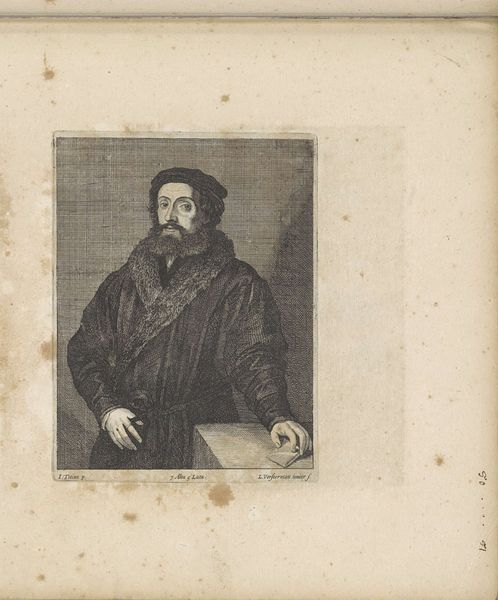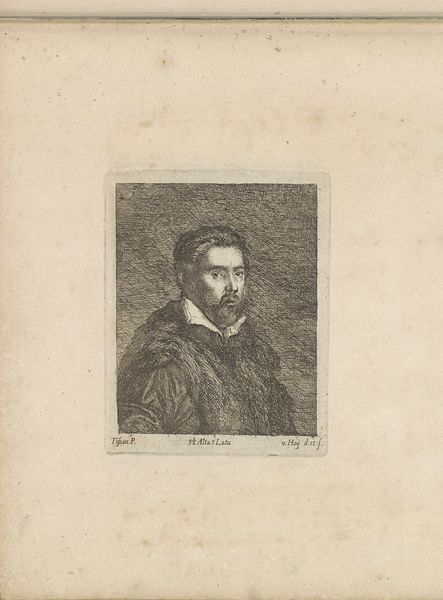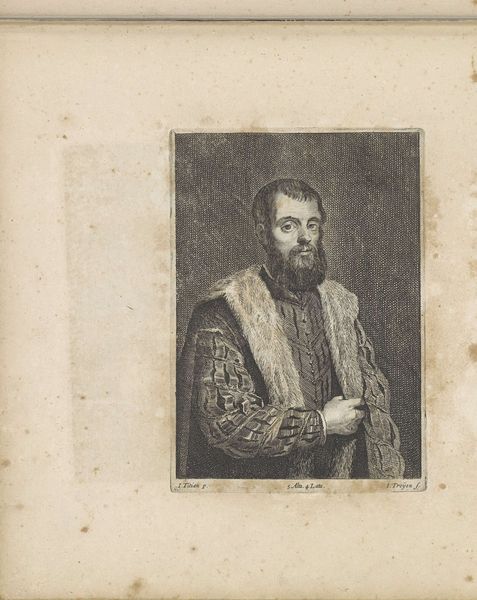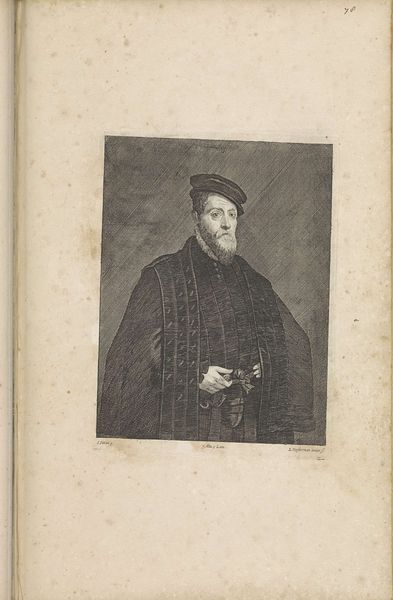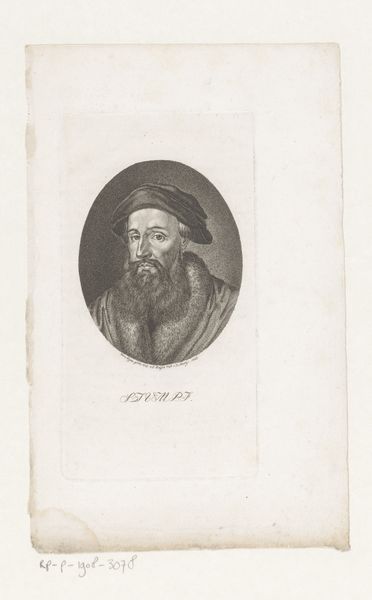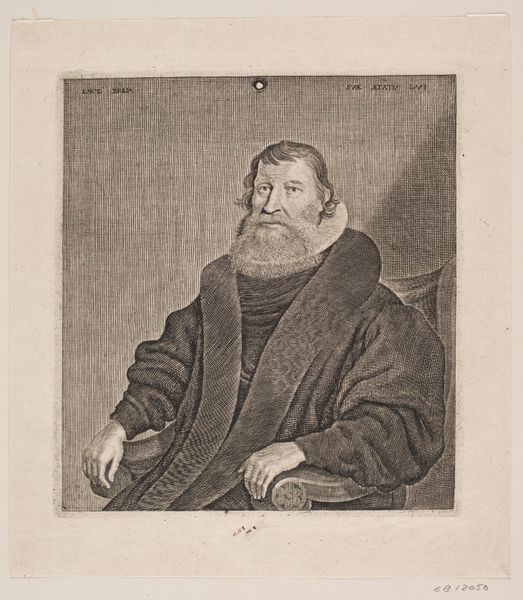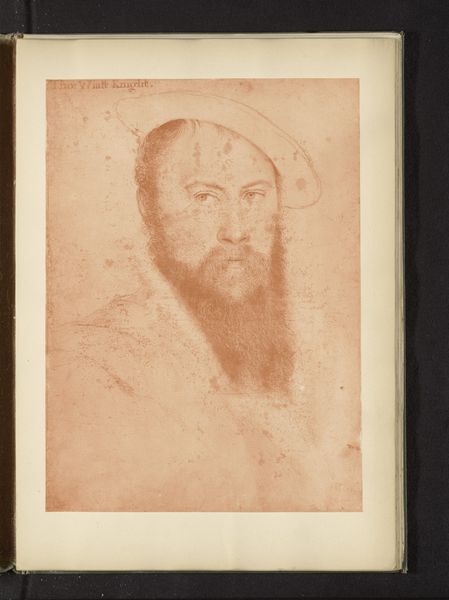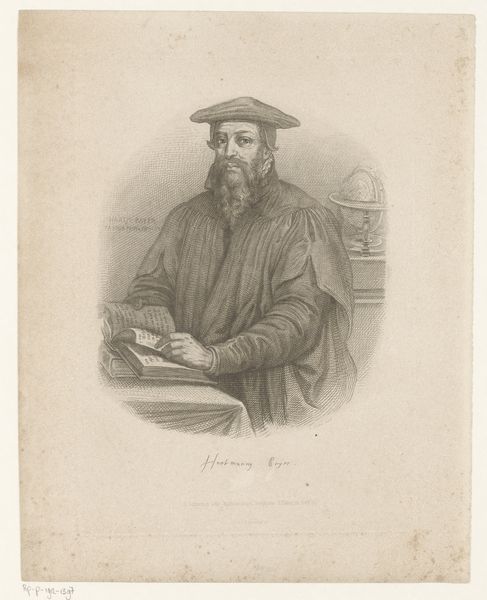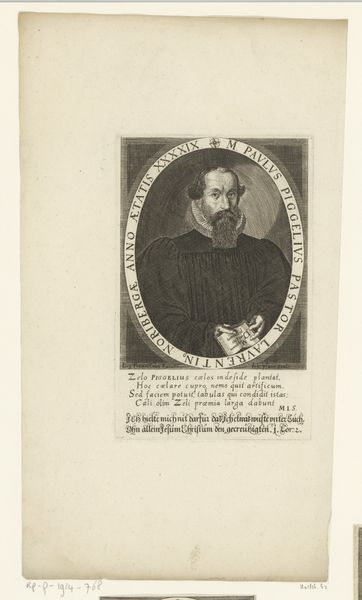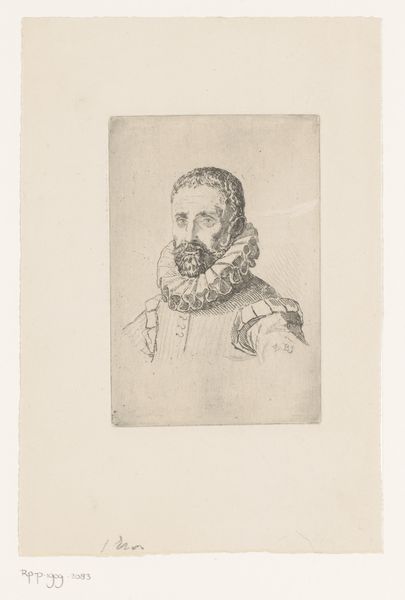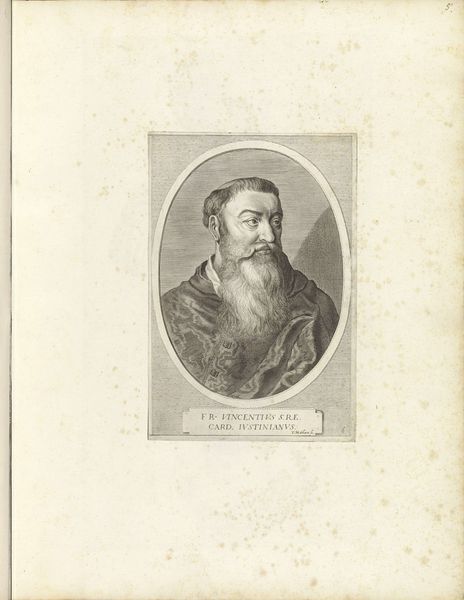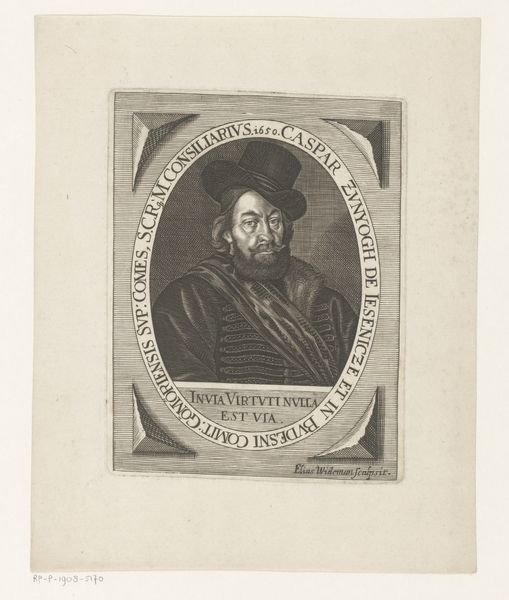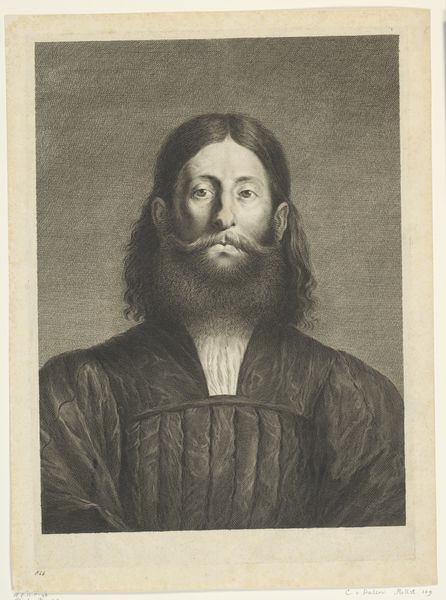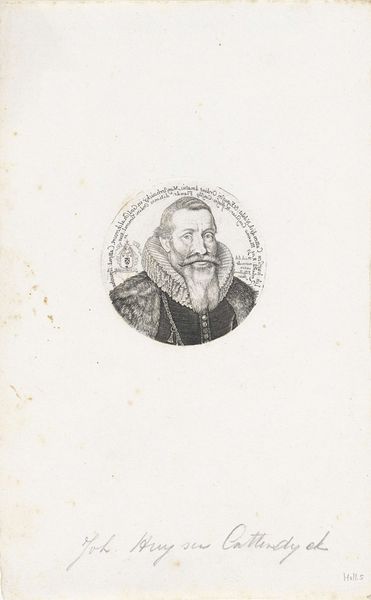
paper, engraving
#
portrait
#
dutch-golden-age
#
paper
#
engraving
Dimensions: height 170 mm, width 115 mm
Copyright: Rijks Museum: Open Domain
Jan van Troyen created this engraving, “Portrait of an Unknown Man”, in the Dutch Republic in the mid-17th century. At this time, the Dutch Republic was a mercantile power, and a new wealthy middle class was eager to display its status through portraiture. Etchings like this one, with their relative ease of reproduction, democratized image production. The man's fur-lined coat and the book in his hands, signal his wealth and education. But the lack of identifying information speaks to the shift away from traditional aristocratic portraiture, where lineage and titles were paramount. Art historians can use archival records, such as guild records, to understand the production and distribution of prints like this. The Rijksmuseum's collection itself represents an institutional history, reflecting changing tastes and collecting practices over centuries. This print then, serves as a reminder that art’s meaning is always tied to its social and institutional context.
Comments
No comments
Be the first to comment and join the conversation on the ultimate creative platform.
